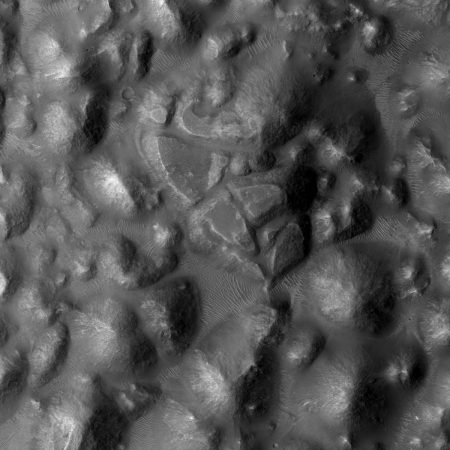Evergreen State College, where bigoted riots occurred last year, has been forced to institute $6 million in budget cuts due to a 20% enrollment drop.
The cuts were outlined by President George Bridges in a May 8 memo to the Board of Trustees, and are accompanied by plans to raise various student fees by hundreds of dollars, The Olympian reported last week. “The most likely explanation, indeed, the only viable explanation to my mind, is that the impact of last year’s events are playing out in the enrollment numbers.”
Has the college learned anything from this experience? It appears not. Though the administration has officially ended its annual “Days of Absence” event, where students were divided by race with some events excluding whites, the students have decided to organize the event themselves. Their self-segregated “People of Color” event (POC) will include gatherings where either whites are excluded, or “antiracist workshops” where only whites can attend so that they may be properly chastised for the evils of their race.
The university is meanwhile running something it calls “an equity symposium.” I guarantee there has been some covert coordination between the two.
The problem here continues to be the leftist-dominated culture that controls most academic institutions. For example, a professor at the University of Akron thought it perfectly reasonable to give higher grades to his female students, merely because they were female. He claimed this was part of a “national movement to encourage female students to go [in]to information sciences” and added that this national movement
…was a “conglomerate of discussions, initiatives, and cals for action to address gender imbalance issue in the IT field.” He referred to Facebook’s “Annual Leadership Day for female employees around the world” and to Google’s training program for “women to establish links with men in coding.” Liu said he was also following a plan of action by Microsoft to close the gap between men and women in STEM and IT fields.
I have no doubt, from his leftist perspective, surrounded by leftist professors and leftist administrators and reading only the leftist news outlets and journals, that he truly believes there is a “national movement” to favor women over men in his IT field. The problem is that he is trapped in a bubble of leftism that has no connection with the real world.
While there is evidence that some universities are attempting to change, be prepared for much worse behavior from this academic community. They really don’t wish to change, and the leftist bubble is very well entrenched there. To really institute change in many of these places will literally require them to go bankrupt and go out of business.

